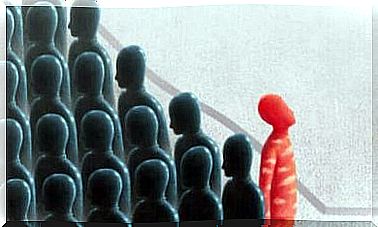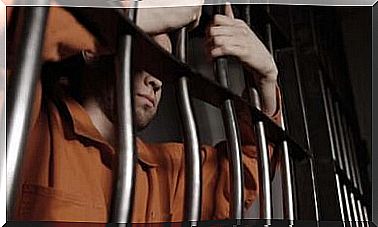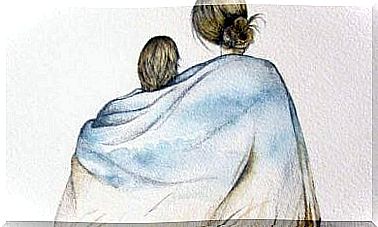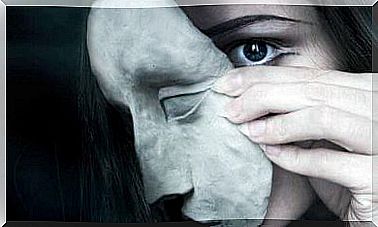All About The Fascinating Cingulate Gyrus
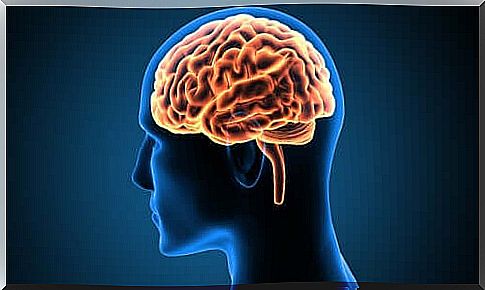
The cingulate gyrus is a part of the human brain that is found in both halves. This structure, together with the parahippocampal gyrus, forms the limbic cortex of the brain’s limbic system.
When you are restless or anxious, the cingulate gyrus is active. It helps you express your emotional state through gestures, posture and movement.
As you can imagine, the cingulate gyrus has become very important for neurocognitive and cognitive studies. In addition, researchers are discovering that this part of the human brain is involved in a number of brain functions as well as some disorders.
Alzheimer’s disease and depression are two important examples of disorders that involve the cingulate gyrus. However, it is also involved in disorders such as schizophrenia, bipolar disorder, some anxiety disorders and addiction.
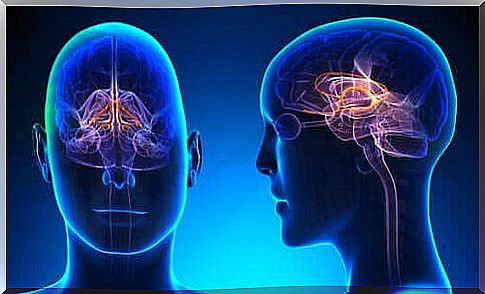
Structure and function of the cingulate gyrus
Anterior cingulate cortex
In general, this part of the cerebral cortex plays a special role in autonomic and endocrine responses to emotions and memory storage.
Neuroscientists also believe that it helps regulate endocrine function and expression of autonomic conditions. It does this through the projections with the nucleus tractus solitarii and the posterior nucleus of the vagus nerve.
These are not the only areas where the anterior cingulate cortex performs projections. It also has extensive connections with:
- The amygdala. This region of the brain is heavily involved in emotional response.
- Periaqueductal gray . This zone plays an important role in modulating certain pain circuits.
- Medial dorsal core and the anterior thalamic core. Researchers believe that functions such as learning, memory and attention may involve these cores.
Medial cingulate cortex
This part of the cingulate gyrus is activated when you make predictions about the results of behavior. It also helps you perform this behavior through projections on the prefrontal dorsolateral cortex, the complementary motor areas, the parietal cortex, and the spinal cord.
This is why researchers believe that the medial cingulate cortex is related to information processing during decisions. Specifically, it relates to decisions based on reward and cognitive activity associated with intentional motor control.
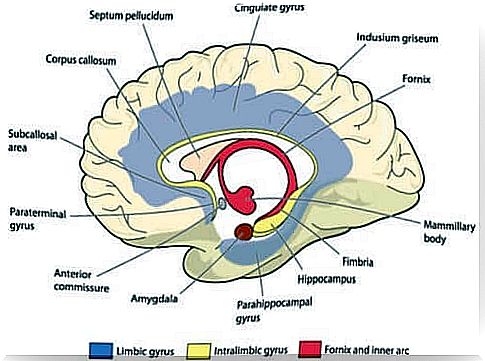
Cingulate gyrus: Cingulate cortex
The cingulate gyrus is connected to a topokinetic memory circuit. Specifically, its primary function takes place in visual-spatial orientation.
The frontal lobe appears to be crucial in the brain’s predetermined mode network. In other words, a system in the brain that remains active even when you are not aware of external stimuli.
Neuroscientists also believe that it plays a role in internally directed cognition processes. Some of these are memory recovery, planning and spatial information processing.
Theories are also based on the fact that this part of the brain is related to self-control. It can also play a role in the evaluation of incidents that have to do with self-relevance.
The dorsal part of the posterior cingulate cortex is closely linked to the pre-motor and orbitofrontal regions of the brain. It also participates in physical orientation and visual space.
Retrosplenial cortex
This part of the cingulate gyrus seems to play into autobiographical memory and imagination. As a result, it may have something to do with neurological disorders that cause memory loss.
Cingulate gyrus appears to mediate human emotional response. It is also responsible for assigning value to emotions in response to external and internal stimuli. In addition, it is especially important to be able to express your feelings.
Finally, damage to the cingulate gyrus can affect your ability to respond to certain stimuli. It can lead to aggressive behavior, embarrassment or reduced emotional expression.





